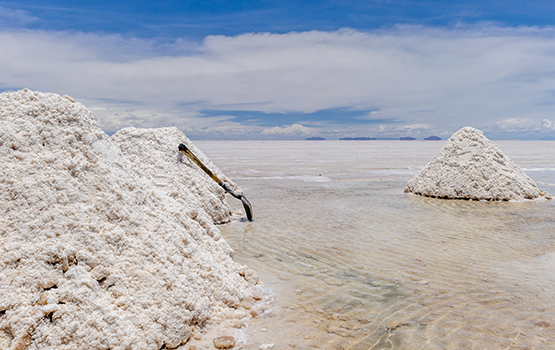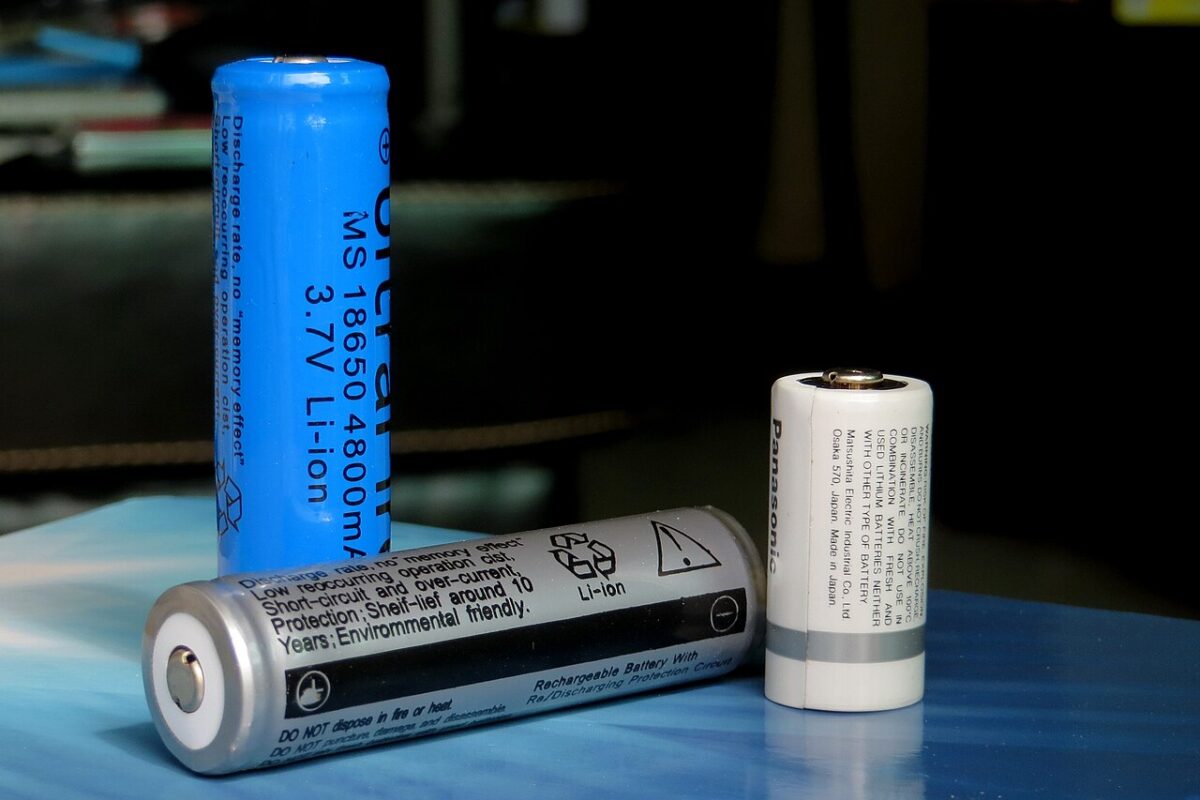An international research team, led by Monash University, has developed an innovative new filtration method that could dramatically reduce lithium extraction times, accelerating us toward our energy future.
The Monash-led team, featuring researchers from CSIRO, the University of Melbourne, and the University of Texas at Austin, published the study in Nature Materials. The researchers took note of a living cell’s extraordinary sieving capacity – an organic filtration system. They then set out to demonstrate a metal-organic framework-based subnanochannel (MOFSNC), which is to say, a synthetic membrane mimicking the filtration ion channels.
The Metal-Organic Framework (MOF), a selective separation membrane, is tuned in both size and chemistry to ‘ion selectivity’, meaning that lithium ions can be rapidly filtered in a unidirectional, selective manner. The technology has the potential to revolutionize how the extraction of lithium-from-brine is performed.
“Based on this new research, we could one day have the capability to produce simple filters that will take hours to extract lithium from brine, rather than several months to years,” said Professor Huanting Wang, co-lead research author and professor of chemical engineering at Monash University.
“Preliminary studies have shown that this technology has a lithium recovery rate of approximately 90% – a substantial improvement on 30% recovery rate achieved through the current solar evaporation process,” said Wang.
Lithium mining is rapidly expanding around the world as the demand from electric vehicles and the energy storage sector surges. Australia is one of the world’s biggest suppliers of lithium. However, most Australian lithium is produced from the mineral spodumene, not lithium-from-brine extraction. But don’t fret, this is not a national defeat – it is a national opportunity.
Most of the world’s lithium-from-brine extraction occurs in the Lithium Triangle, a region in the Andes comprising the borderlands of Argentina, Bolivia and Chile. The area hosts roughly half of the world’s lithium reserves.
The national opportunity then, is to investigate Australia’s own vast salt lakes for potential lithium production options. CSIRO and Monash University Associate Professor Matthew Hill said: “We’re pleased that our international research collaboration has made a breakthrough that could improve the supply of lithium. This is important for enabling electric vehicles and grid integration of renewable energy sources.”
The MOF technology is already being patented by Energy Exploration Technologies, Inc. (EnergyX), whose founder and CEO Teague Egan noted: “This breakthrough invention will literally change the way lithium is produced and how we power our future.”
Lithium batteries will make up a substantial part of the world’s future energy landscape. Australia is already in good stead to provide the resources for this transition, but thanks to research and development like this synthetic framework, well, the costs of storing energy can only fall more rapidly, like ions through a sieve.
This content is protected by copyright and may not be reused. If you want to cooperate with us and would like to reuse some of our content, please contact: editors@pv-magazine.com.




Its a good development, I will like to be having regular publication on lithium and other leading minerals of the world.
Thanks for the interest Samuel, if you click on the “About” drop down menu on our front page, selecting “Newsletter” will allow you to register for our free email newsletter and opting for “Subscribe” means you can sign up for a paid subscription to one of our monthly magazines.
So joining the dots on lithium from brine ..brine is a unwanted byproduct of seawater desalination.
And solar storage to power the whole thing